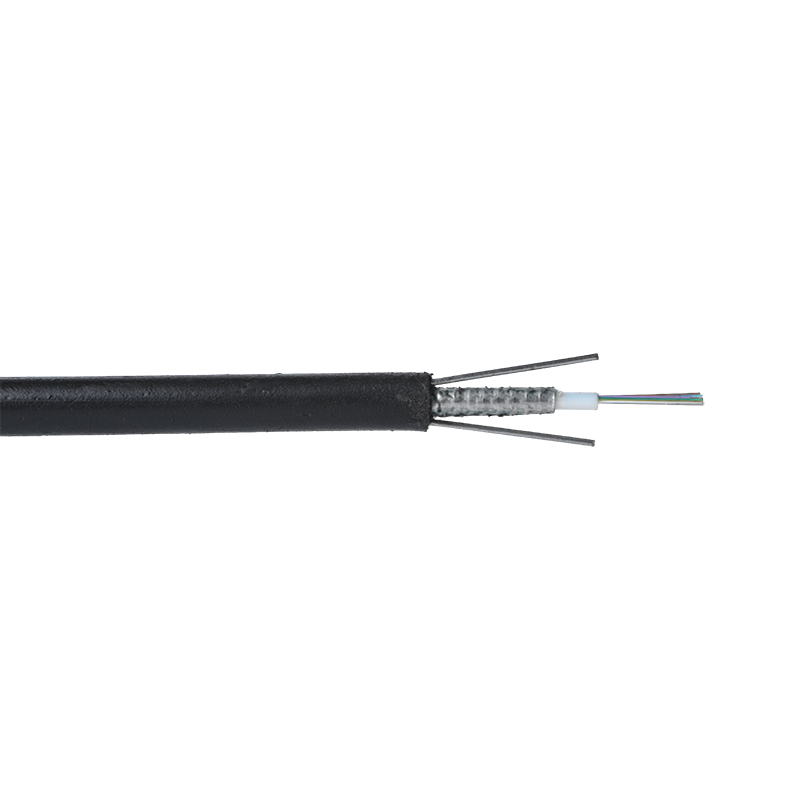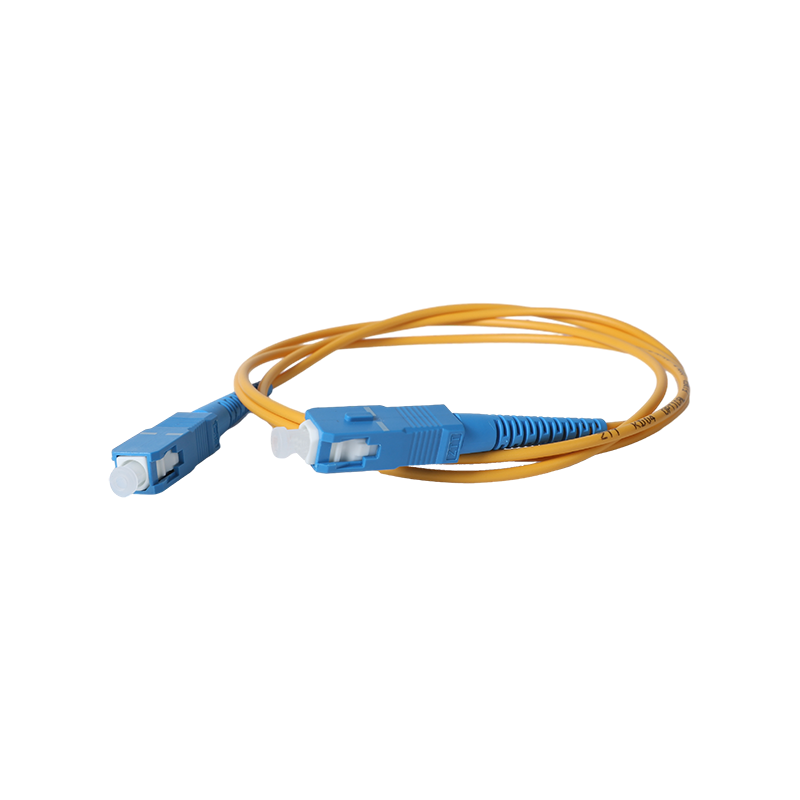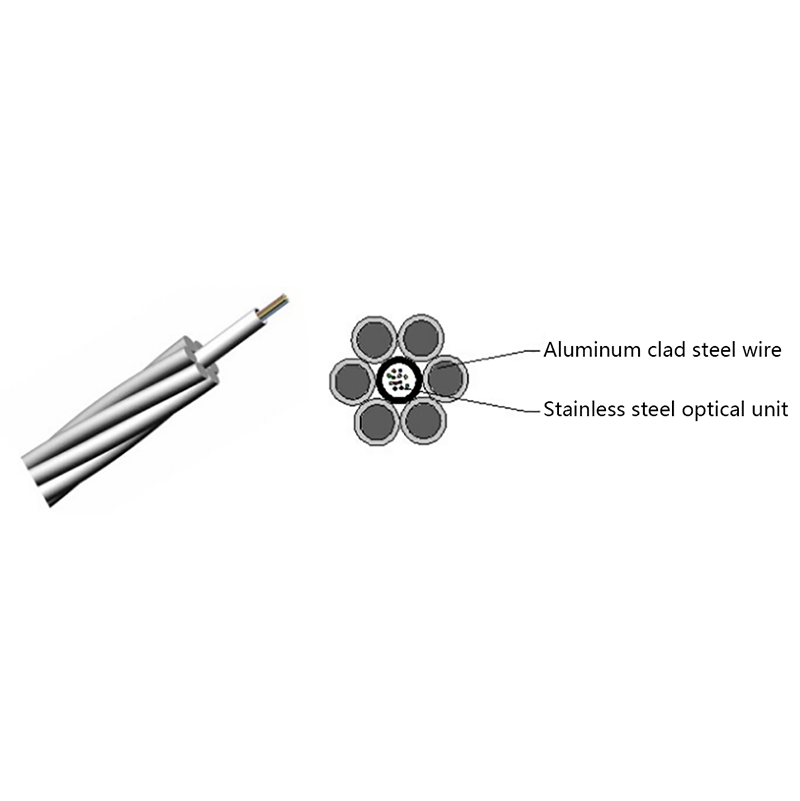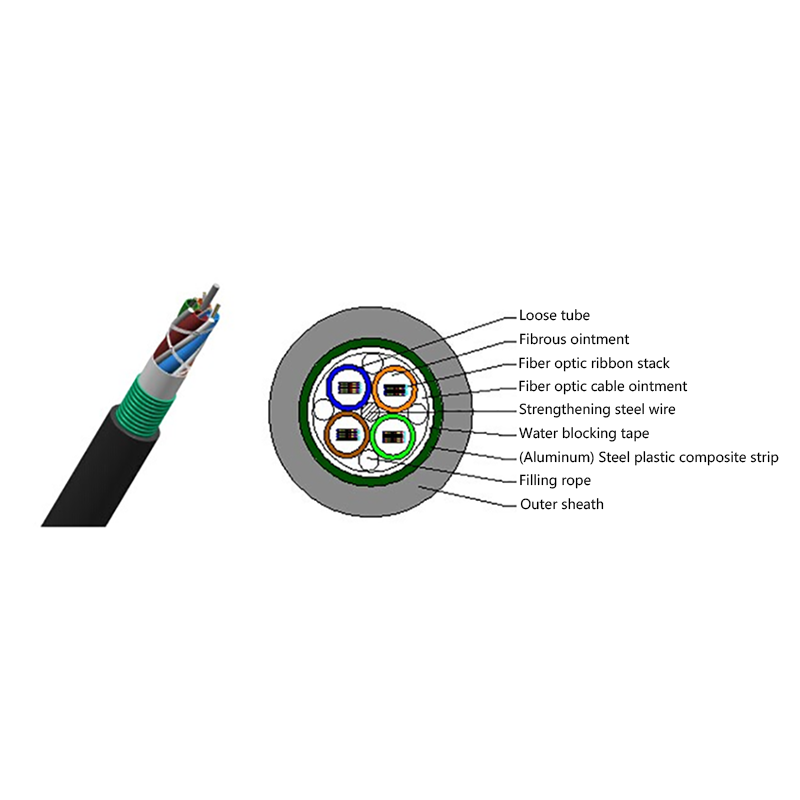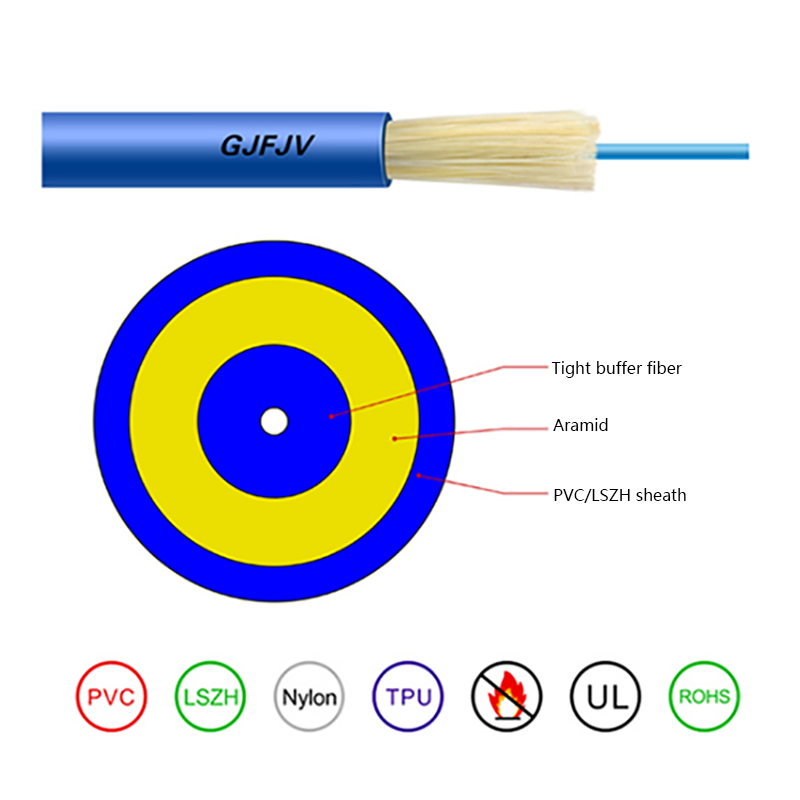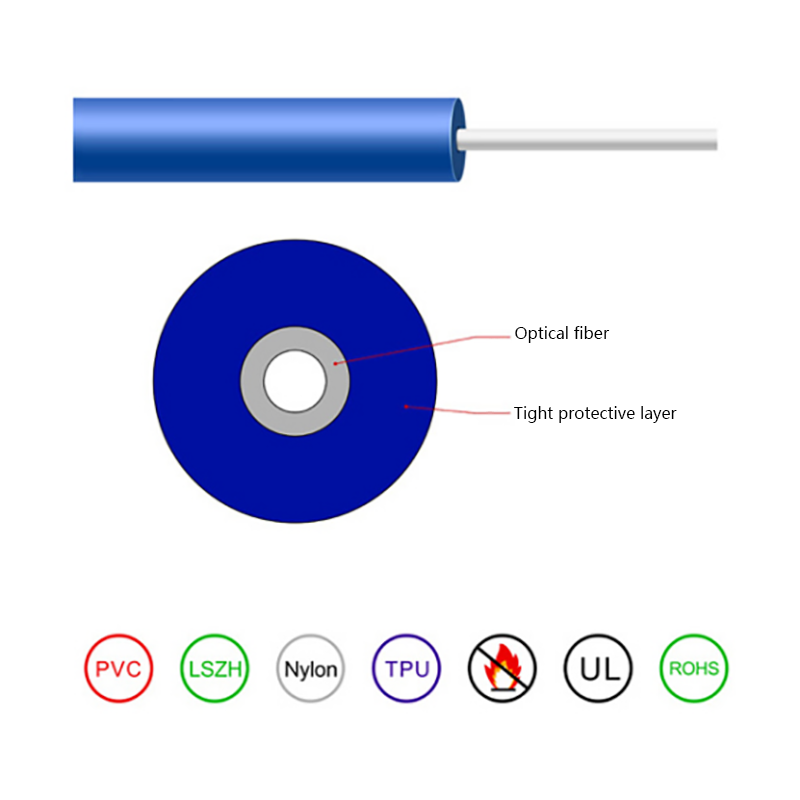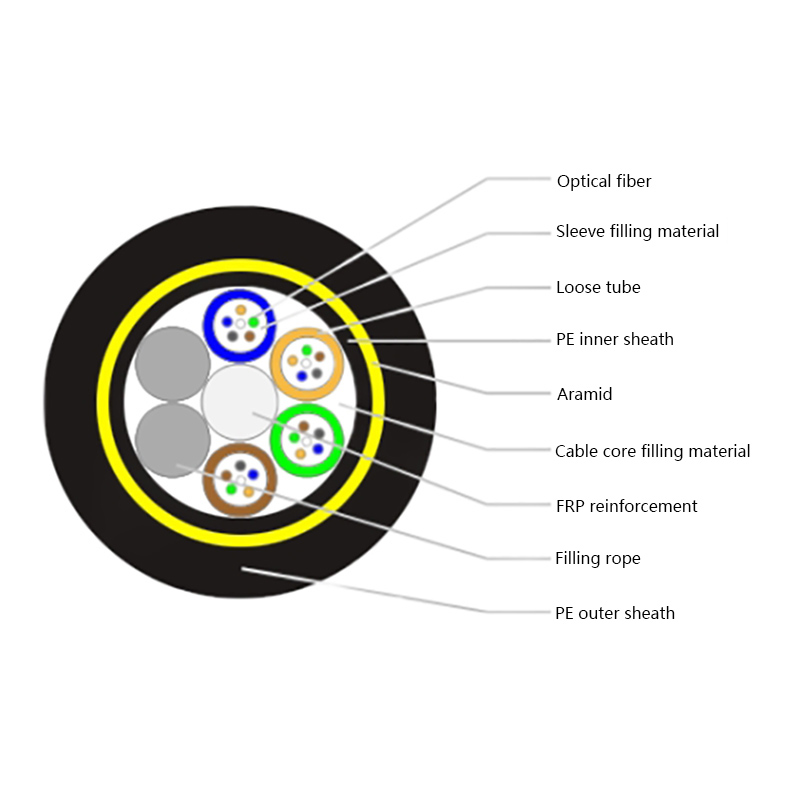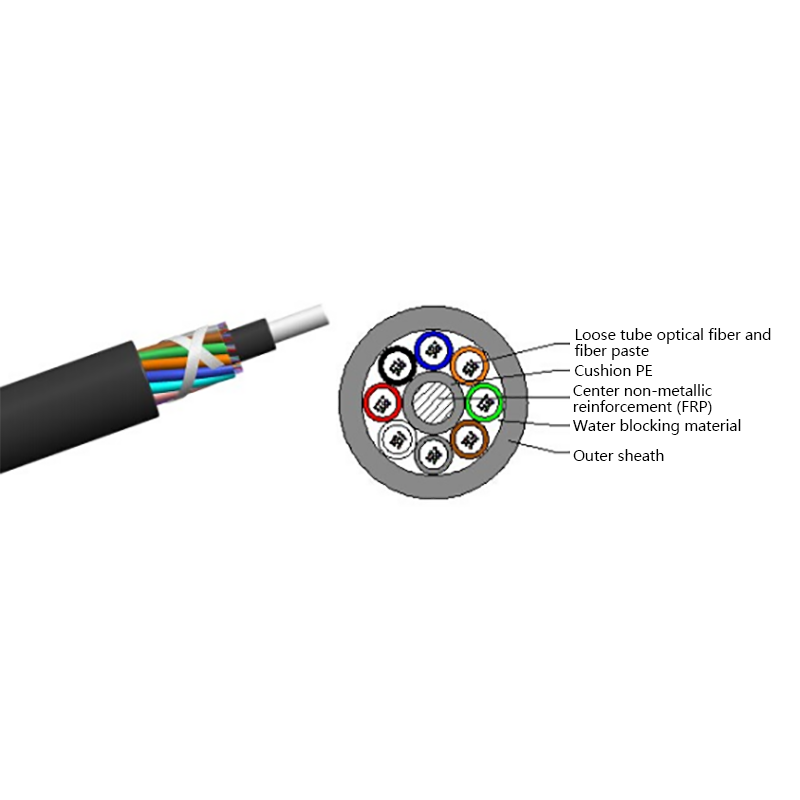How FTTH Butterfly Optic Cables Reduce Installation Complexity
Fiber to the Home, or FTTH, has become a cornerstone of modern telecommunications. With the demand for high-speed internet, low latency, and reliable connectivity continuing to rise, service providers face increasing pressure to deploy fiber networks efficiently. Traditional fiber cabling methods often require substantial time, labor, and careful handling due to the delicate nature of optical fibers. Enter FTTH Butterfly Optic Cables, a design innovation that simplifies installation without compromising performance.
Understanding FTTH Butterfly Optic Cables
FTTH Butterfly Optic Cables are designed for residential and small business fiber deployment. Unlike conventional round fiber cables, butterfly cables feature a flat, compact, and flexible design. This structure houses multiple optical fibers in a single, organized unit, resembling the shape of a butterfly when the cable is opened. The compact arrangement allows for easier routing through walls, ducts, and tight spaces, which is particularly beneficial in urban areas with complex infrastructure.
The flat design also provides a natural advantage for splicing and termination. Fibers within the cable are spaced consistently and held in position, reducing the risk of tangling or bending beyond allowable limits. This inherent organization directly contributes to faster, safer installations.
Pre-Terminated vs. Field Termination
FTTH Butterfly Cables support both pre-terminated and field termination methods. Pre-terminated cables arrive with connectors installed, allowing technicians to simply plug them into network terminals or optical distribution frames. This reduces installation time, limits the risk of connector contamination, and ensures consistent signal quality.
For situations where pre-termination is not feasible, field termination remains practical due to the cable’s accessible structure. The butterfly design separates fibers clearly, making stripping, cleaving, and connector installation straightforward. Technicians can work more quickly without the precision challenges posed by tightly bundled round cables.
Simplified Routing in Buildings
One of the most significant challenges of FTTH deployment is routing cables through existing building infrastructure. Traditional fiber cables often struggle to navigate tight conduits, corners, and riser shafts. Butterfly cables, with their thin, flat profile, can slide easily along these pathways. The reduced diameter and flexibility allow installers to pull the cable without excessive force, lowering the risk of fiber breakage.
In multi-dwelling units, butterfly cables can be routed along walls, ceilings, or under flooring efficiently. Their flat profile also makes them suitable for surface-mounting in situations where trenching or conduit installation is not possible. The cable’s flexibility and light weight minimize strain on attachment points, supporting a more reliable installation.
Improved Fiber Management
Another advantage of butterfly cables is their inherent fiber management. The organized layout ensures that each fiber is easily identifiable. This simplifies tasks such as splicing, testing, and troubleshooting. Technicians can work with individual fibers without disturbing the rest of the bundle, reducing the chance of accidental damage.
In addition, butterfly cables often include color-coded fibers and protective buffer layers. These features make it easier to trace fibers and maintain separation between active lines, which is especially helpful in dense installations with multiple service drops.
Faster Network Expansion
Because butterfly cables simplify routing and handling, they also enable faster network expansion. Service providers can deploy new fibers with minimal disruption to existing lines. Installers spend less time navigating complex conduits or organizing fibers during splicing. This efficiency translates into lower labor costs and faster service activation for end users.
The flexibility of butterfly cables also supports modular network designs. Multiple drops can be pre-routed and connected as needed, without requiring full-scale re-cabling. This approach not only saves time but also allows for scalable, future-proof networks that can accommodate increased bandwidth demands.
Reduced Risk of Damage
Optical fibers are sensitive to bending, tension, and environmental factors. Improper handling during installation can lead to signal loss or complete fiber failure. The butterfly cable design minimizes these risks. By keeping fibers organized, protected, and evenly supported, the cable reduces microbending and macrobending, which are common causes of attenuation.
Additionally, the flat structure distributes mechanical stress evenly along the cable. When pulled through conduits or around corners, the cable is less likely to kink or crush, ensuring long-term reliability.
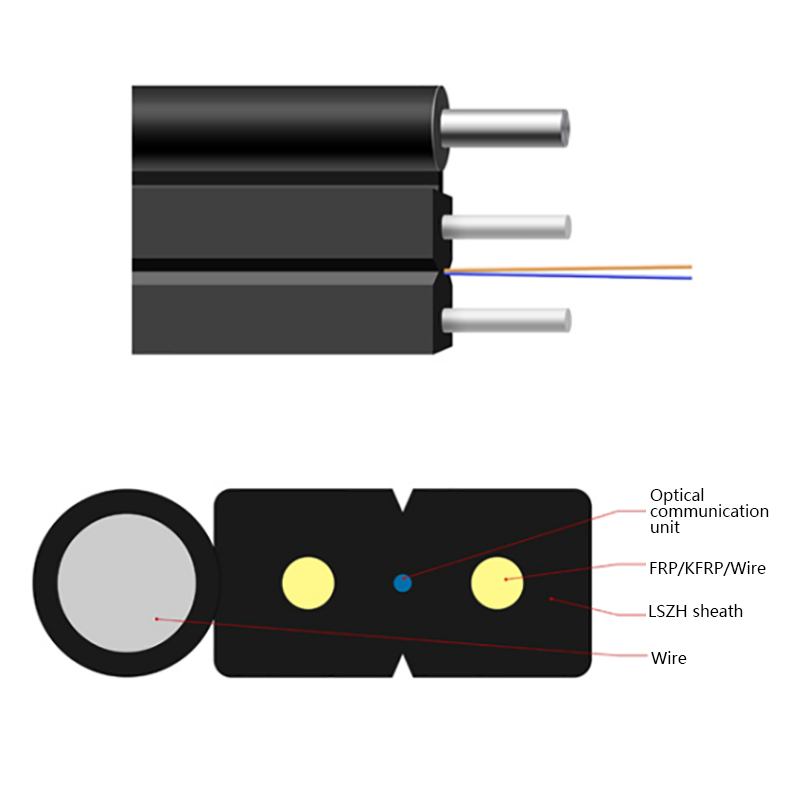
Simplified Testing and Maintenance
FTTH networks require ongoing testing and maintenance to ensure optimal performance. Butterfly cables facilitate these processes. Their organized fiber layout allows for easy access to individual fibers for testing with optical power meters, light sources, and OTDR devices. Technicians can quickly identify and isolate issues, reducing downtime.
Moreover, the consistent spacing of fibers in butterfly cables makes re-termination or connector replacement straightforward. Maintenance tasks that might take hours with round cables can often be completed in a fraction of the time with butterfly cables.
Environmental and Space Considerations
In addition to simplifying installation, butterfly cables address space constraints and environmental considerations. Their compact design consumes less conduit space, which is valuable in dense urban environments or older buildings with limited infrastructure. The reduced footprint also allows for multiple cable runs in the same conduit, maximizing network density without increasing congestion.
The lighter weight of butterfly cables reduces physical strain on installers and attachment points, which is particularly important for aerial installations. This feature enhances safety and reduces the need for heavy support structures.
Cost Implications
While the initial material cost of butterfly cables may be slightly higher than traditional round cables, the overall installation cost is often lower. Reduced labor time, fewer installation errors, minimized cable waste, and lower maintenance requirements contribute to cost savings over the life of the network. Faster deployment also allows service providers to activate new customers more quickly, improving return on investment.
Case Studies and Practical Applications
In residential neighborhoods, FTTH butterfly cables have been deployed successfully in a variety of scenarios. For example, multi-story apartment complexes have benefited from the cable’s flat profile, enabling multiple service drops through tight conduits without fiber damage. Similarly, in suburban homes, the lightweight and flexible design allows for easy installation along walls, attics, and basements without extensive modifications.
Telecommunications companies report reduced installation times, fewer technician errors, and faster customer service activation. These practical outcomes highlight the direct benefits of using butterfly cables in real-world FTTH deployments.
Conclusion
FTTH Butterfly Optic Cables are a significant advancement in fiber network deployment. Their flat, flexible, and organized design reduces installation complexity by simplifying routing, splicing, testing, and maintenance. By minimizing the risk of fiber damage and supporting faster network expansion, butterfly cables improve both efficiency and reliability in residential and small business deployments.
For service providers, the adoption of butterfly cables translates into faster installations, lower labor costs, and more scalable networks. For end users, these advantages result in quicker access to high-speed, reliable fiber connections. As fiber networks continue to expand, FTTH Butterfly Optic Cables are likely to play a central role in making installations simpler, safer, and more efficient.



 English
English русский
русский Español
Español عربى
عربى 中文简体
中文简体


